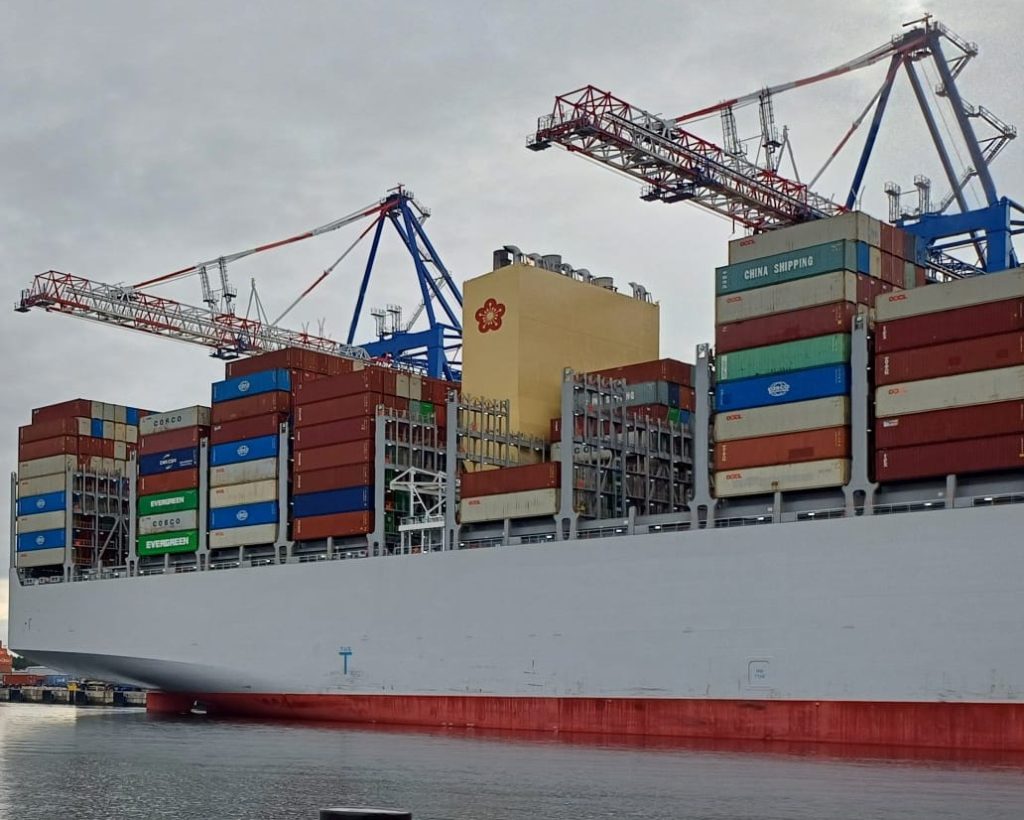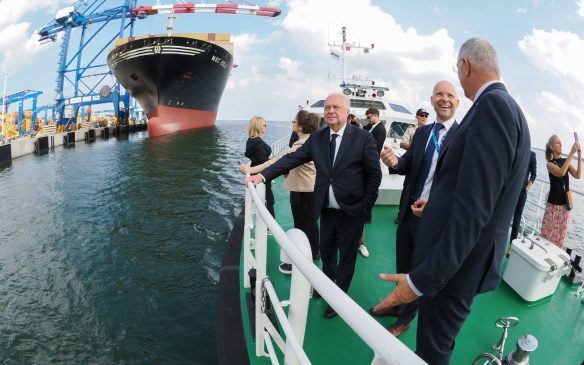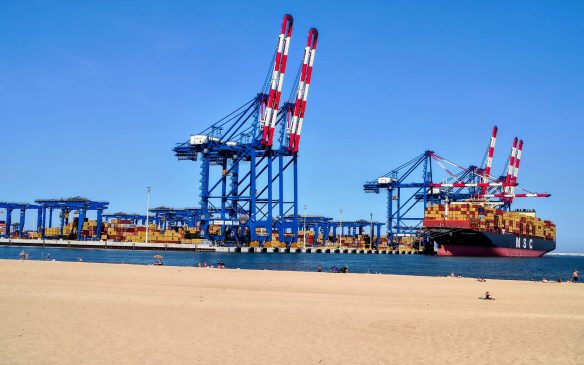Arctic sea route: from China to Northern Europe in 20 days

A new alternative to shipping through the Suez Canal and the Cape of Good Hope may soon revolutionise transport between Asia and Europe. The test container service is to connect the ports of Qingdao, Shanghai and Ningbo in China with the European ports of Felixstowe, Rotterdam, Hamburg and Gdańsk.
The Singaporean shipowner Sea Legend has announced the launch of a test container service via the Northern Sea Route that runs along the coast of Russia. The route is expected to reduce transport time from China to Northern Europe to 18–20 days, compared to 40–50 days for voyages via the Suez Canal or the Cape of Good Hope. It looks favourable even compared to 25 days using intercontinental rail.
New route, new opportunities
The first ship is scheduled to leave Qingdao on 16 September and arrive at the Port of Gdańsk on 13 October, right at the peak of the pre-Christmas season for imports from China. The voyage is to be made by a vessel adapted for Arctic navigation, and in the future, the shipowner intends to introduce ships powered by alternative fuels.
The connection is to include ports in Qingdao, Shanghai and Ningbo, and the European ports of Felixstowe, Rotterdam, Hamburg and Gdańsk. The addition of the Polish port to this new service proves yet again the growing importance of Gdańsk as a key logistics hub in the region.
‘Reducing the travel time between Asia and Europe to 18 days is a huge advantage in handling cargo requiring efficient distribution, such as electronics and clothing’, emphasises Dominik Landa, Director of Strategy and Development at the Port of Gdańsk. ‘We are aware of the limitations of Arctic shipping, such as variable ice conditions and geopolitical factors. Ecological issues are also important, raising legitimate questions about the natural environment and Arctic navigation. On the other hand, the shipowner declares that CO₂ emissions during the voyage will be approximately 50 percent lower compared to traditional routes through the Suez Canal.
Pilot project with potential
If the test voyage is well received by the market, Sea Legend plans to launch regular seasonal Arctic connections (May–October) starting next year. This solution could become an attractive alternative in view of the growing threats to shipping in the Red Sea, where attacks by Houthi rebels have resulted in increased transport costs and risks.
The new route also naturally competes with intercontinental rail, as it offers comparable delivery times with significantly higher ship capacity.
The route of the future?
The Northern Sea Route has remained a marginal solution until recently, and was used mainly by carriers from China and Russia. However, global warming and the increasingly shorter period of ice cover in the Arctic have opened up new opportunities for its commercial use.
Sea Legend was established three years ago, during the crisis in the Red Sea, in response to the growing demand for alternative shipping routes. The carrier’s fleet had even earlier successfully operated in difficult conditions.
The participation of the Port of Gdańsk in this project is not only a question of prestige, but also a strategic step towards strengthening its position in global supply chains.



